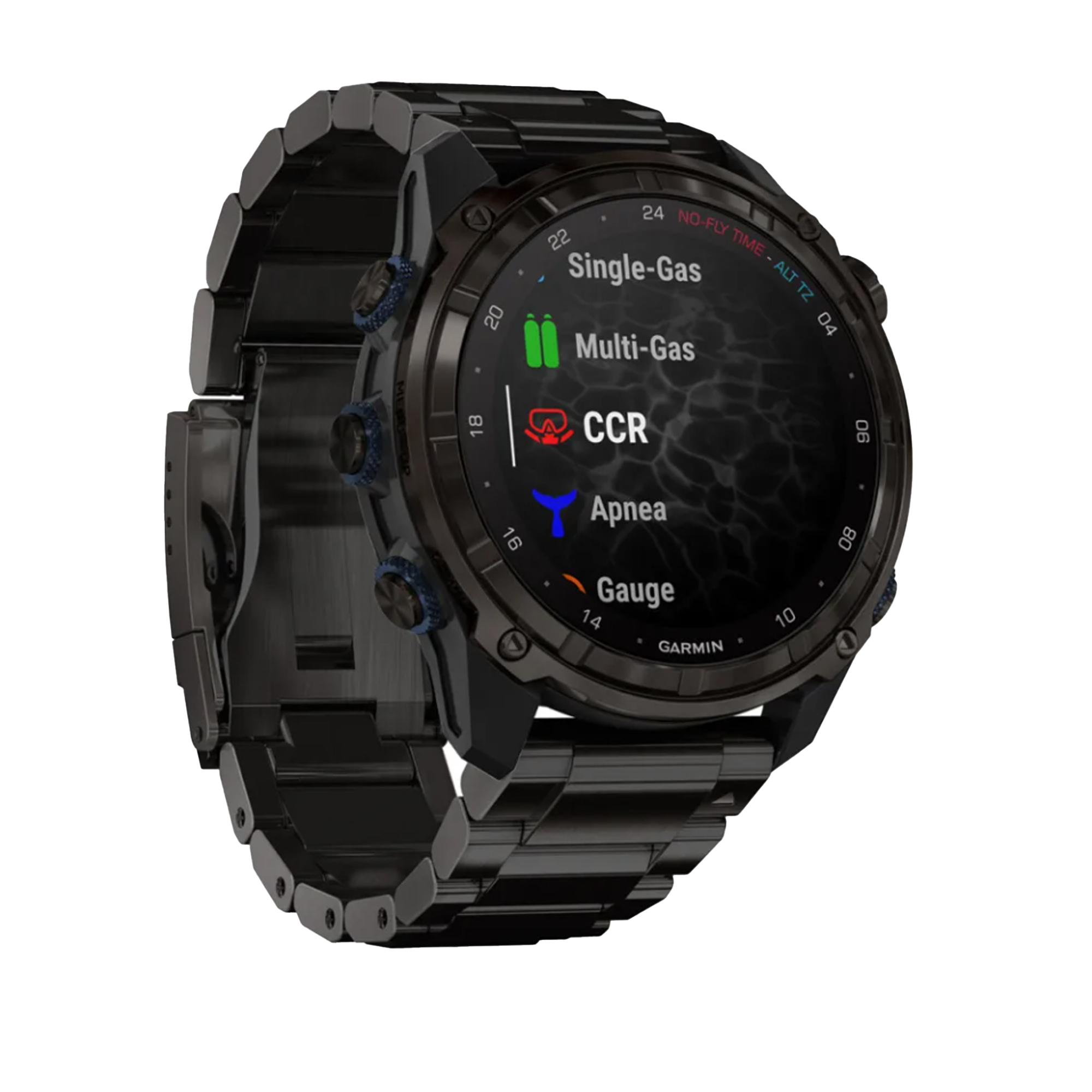Navigation
Miflex Inflator Hose | White
The Miflex Low Pressure (LP) BCD/Inflator/Jacket White colour hoses are supplied fitted with a standard Seatec style fitting, with an internal Schraider type valve and a 3/8" UNF male thread (to connect to the 1st stage regulator). There is a range of standard sizes to suit your requirements.
These hoses are suitable for the majority of BCD and Jacket connections, plus dry suit inflator connections, where a standard quick release coupler is utilised. But there are some fittings that require a different Quick Disconnect fitting. These we accommodate in our range with the use of adaptors that can be fitted to our regulator hoses (to convert them to an inflator hose).
City of Launceston
![]() Wreck Dive |
Wreck Dive | ![]() Boat access
Boat access
![]()
![]()
![]()
Iron Screw Steamer | Max Depth: 22 m (72 ft)
Historic shipwreck protected zone. Permit Required.
For more details please see vic-shipwreck-protection-zones.
Do not dive near the City of Launceston without a permit. The shipwreck lies in a 250 metre radius protection zone. If you enter this zone severe penalties apply. Stay clear!
Level: Advanced Open Water and beyond.
The City of Launceston (aka SS City of Launceston) is one of Victoria's most significant shipwrecks. The City of Launceston had an early role in colonial steam shipping as the forerunner of the modern Bass Strait ferry service between Tasmania and Victoria. It was sunk in Port Phillip after a collision with another ship on 19 November 1865. The discovery and reporting of the wreck and subsequent lobbying of the State Government led to the proclamation of the State Historic Shipwrecks Act 1981.
It is one of the most intact iron steamship wrecks of its age in Australian waters, is technically and scientifically significant for the remains of its engine and boiler, and evidence of the experimental salvage attempts using Patented Maquay hydrogen gas generating devices. The City of Launceston is archaeologically highly significant for the state of preservation of a complete intra-colonial steamship with evidence of its cabin fittings, passengers luggage and cargo.
Diving the City of Launceston Shipwreck
The City of Launceston shipwreck was found in 1980 by Maritime Archaeology Association of Victoria members Terry Arnott and Barrie Heard, and fisherman Bill Cull.
Intact from the keel to the deck and sitting upright in a silty seabed in 21 metres of water, the shipwreck has been the subject of intensive archaeological investigations since 1997.
The collision that sunk the City of Launceston was so powerful that the bow of the 500 tons Penola remains firmly embedded into the starboard side of the sunken wreckage.
Silt had mounded against the hull providing protection to the integrity of the hull and the site conditions, namely low visibility, negligible current and the thick silt that covered everything, meant that even organic material is well preserved.
In July 2009, sacrificial zinc anodes were placed on the City of Launceston. They have had a marked effect in slowing the corrosion rate of the hull and engine, and can be considered a success for in-situ conservation of an iron-hulled vessel.
SS City of Launceston Shipwreck
from Allie Beckhurst
on Vimeo.
The site of the City of Launceston is a historic shipwreck protected zone with a 250 metre radius from:
Latitude: 38° 4.610′ S (38.076829° S / 38° 4′ 36.58″ S)
Longitude: 144° 49.579′ E (144.826321° E / 144° 49′ 34.76″ E)
.
A permit from Heritage Victoria is required to dive the City of Launceston. Anchoring is prohibited.
ABC News item from 18th February 2006 on the sunken shipwreck of the City of Launceston in Port Phillip, Melbourne, Australia.
City of Launceston Shipwreck History — Built in 1863
The City of Launceston was an iron screw steamer of 368 tons, built in 1863, by Blackwood & Gordon, of Glasgow, Scotland, on a length of 197.2 ft (60 m), a breadth of 24.4 ft (7.44 m) feet and a depth of 11.7 ft (3.57 m). The vessel was powered by a direct acting two cylinder inverted engine of 80 horsepower, built by Blackwood & Gordon, as well as sails on two masts. She was built to carry passengers and cargo for the Launceston & Melbourne Steamship Company, at a cost of £17,000, and launched on 4 April 1863.
The ship sailed from Glasgow on 6 June 1863, bound for Melbourne, arriving on 16 September 1963. Once at Melbourne, while undergoing an overhaul preparatory to her first commercial voyage, she was altered from a brig to a schooner rig. As the flagship of the Launceston and Melbourne Steam Navigation Company, no expense was spared in her fitting-out.
On 21 October 1863, the City of Launceston made a trial voyage from Launceston to George Town, with between 450 and 500 invited passengers aboard, who were lavishly entertained. The ship left launceston at 7:30 a.m. and made the crossing in under 3 hours. At George Town the passengers went ashore to stroll around the town and on the beach, and were provided with sumptuous lunch before the ship set sail again at 3.30 p.m., arriving back at launceston by 6.00 p.m.
For the following two years she carried passengers, mail and cargo across Bass Strait, without incident.
City of Launceston Sinking — 19 November 1865
At 7.20 p.m. on 19 November 1865, the City of Launceston sailed from Port Melbourne under the command of Captain William Thom. She carried a crew of 23, and 25 passengers, and a general cargo. The evening was bright and cloudless, the seas calm.
The City of Launceston observed the SS Penola, inbound from Adelaide, approaching head on while they were still five miles apart. According to the rules of the sea ships on converging courses were supposed to port their helm in order to pass each other safely. However, this did not happen and the two ships closed, and at around 9.00 p.m. Penola ran her bows squarely into City of Launceston's starboard side. As the City of Launceston began to sink all of the passengers and crew were transferred to the Penola. The Penola was badly damaged and had lost its entire stem to within two feet of the keel, however, an extra bulkhead forward saved it from sinking and it slowly made its way to Melbourne port safely.
The sunken steamer lay in the fairway with just its masts visible, so posed a serious hazard to shipping using the West Channel. At daylight the Pharos preceeded to the scene of the wreck, to place a boy on the site to warn shipping of the danger and remained on site to alert shipping during the hours of darkness.
The tug Black Eagle was also dispatched to the sunken City of Launceston with divers, to attempt to salvage all the mail. This was mostly mostly successful with 56 cases of the English mail recovered, leaving only six cases of the Victorian mail left in the hull.
The inquiry that followed on 22 November 1865, found the City of Launceston solely responsible for the collision. Captain William Nelson Thom of the SS City of Launceston assumed the SS Penola would pass him on the wrong side and rather than ensuring the two ships pass on the correct side, port to port, he maintained his course and cruising speed of about ten knots. By the time he realised the two ships were almost head on and a collision was imminent, it was too late.
While the loss of the ship was very costly for its owners and the passengers on board whose valuables perished, luckily, there was no loss of life. All passengers and crew just managed to escape before the bulkheads gave way and the vessel sunk to the bottom.
In 1865, attempts were made to raise the steamer City of Launceston. Four hulks were towed out to the site, the decks were swept of obstructions, and chains were placed under the hull. Things looked favourable, as at one stage the stern was lifted clear of the bottom, but the supporting chains snapped and a succession of gales, strikes and gear failures delayed all efforts to raise the City of Launceston. On 5 July 1866, one of the hulks being used at the wreck site, the Eleutheria, sank next to the City of Launceston with much plant and machinery on board.
See also, Wikipedia: SS City of Launcestion,Heritage Council Victoria: SS City of Launceston, and
Heritage Victoria slide collection on flickr: City of Launceston, and
Australian National Shipwreck Database: S.S. City of Launceston.
Heritage Warning: Any shipwreck or shipwreck relic that is 75 years or older is protected by legislation. Other items of maritime heritage 75 years or older are also protected by legislation. Activities such as digging for bottles, coins or other artefacts that involve the disturbance of archaeological sites may be in breach of the legislation, and penalties may apply. The legislation requires the mandatory reporting to Heritage Victoria as soon as practicable of any archaeological site that is identified. See Maritime heritage. Anyone with information about looting or stolen artefacts should call Heritage Victoria on (03) 7022 6390, or send an email to heritage.victoria@delwp.vic.gov.au.
Traditional Owners — This dive site does not lie in the acknowledged traditional Country of any first peoples of Australia.
City of Launceston Location Map
Latitude: 38° 4.610′ S (38.076829° S / 38° 4′ 36.58″ S)
Longitude: 144° 49.579′ E (144.826321° E / 144° 49′ 34.76″ E)
Datum: WGS84 |
Google Map
Added: 2012-07-22 09:00:00 GMT, Last updated: 2022-05-11 02:13:36 GMT
Source: Victorian Government GPS (verified)
Nearest Neighbour: Eleutheria, 157 m, bearing 227°, SW
Historic shipwreck protected zone.
Permit Required.
Iron Screw Steamer, 368 tons.
Built: Clyde, Scotland, 1863.
Sunk: 19 November 1865.
Port Phillip.
Depth: 14 to 22 m.
Dive only on: SWF, SWE, Ebb, Flood.
[ Top ]
DISCLAIMER: No claim is made by The Scuba Doctor as to the accuracy of the dive site coordinates listed here. Should anyone decide to use these GPS marks to locate and dive on a site, they do so entirely at their own risk. Always verify against other sources.
The marks come from numerous sources including commercial operators, independent dive clubs, reference works, and active divers. Some are known to be accurate, while others may not be. Some GPS marks may even have come from maps using the AGD66 datum, and thus may need be converted to the WGS84 datum. To distinguish between the possible accuracy of the dive site marks, we've tried to give each mark a source of GPS, Google Earth, or unknown.

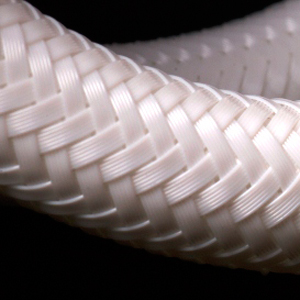
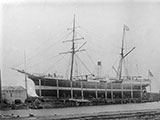
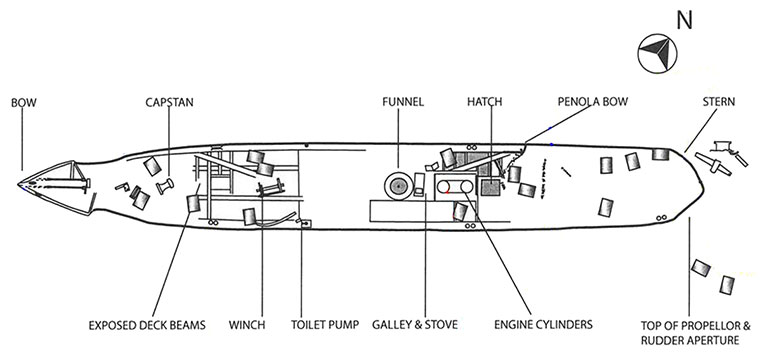
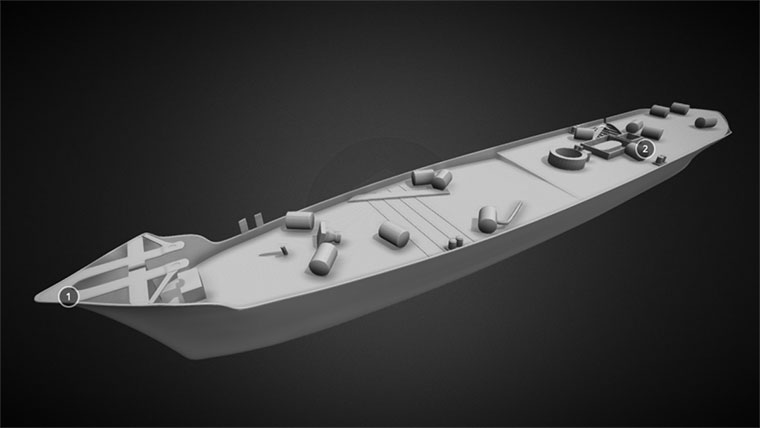

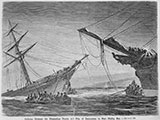
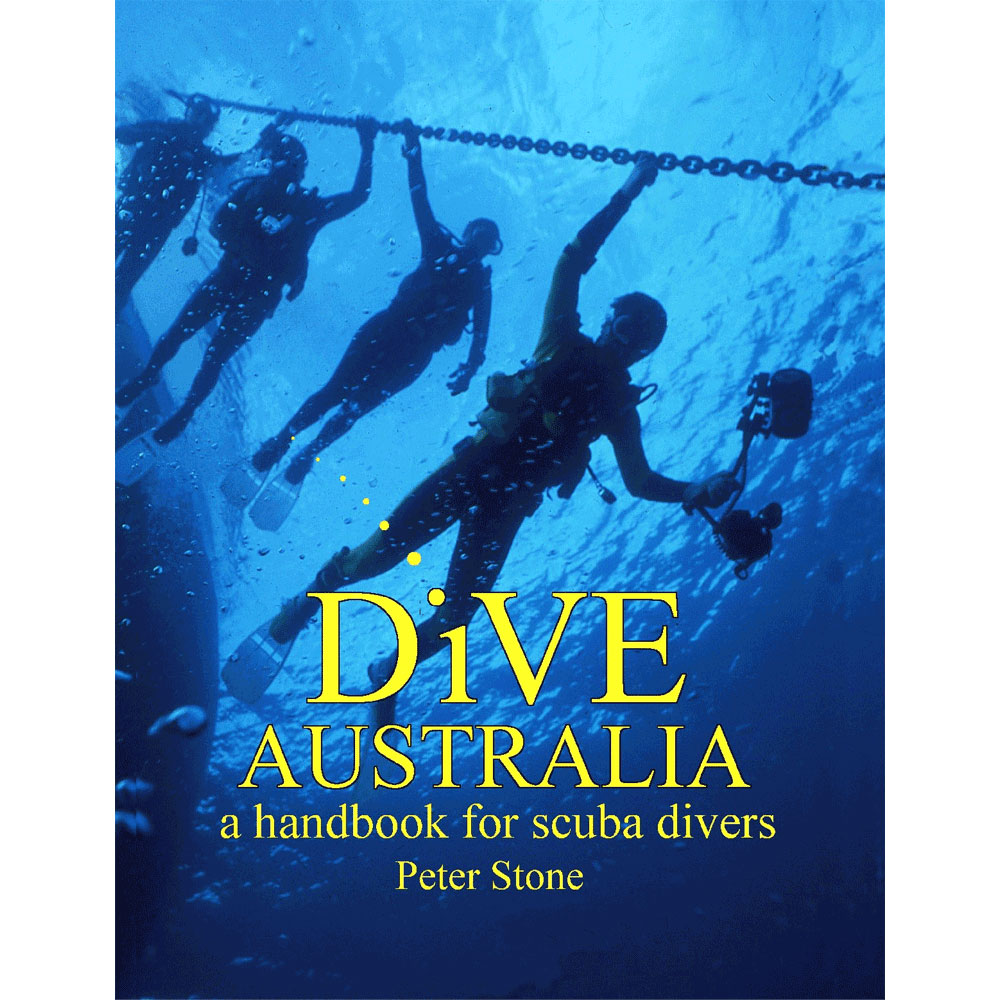
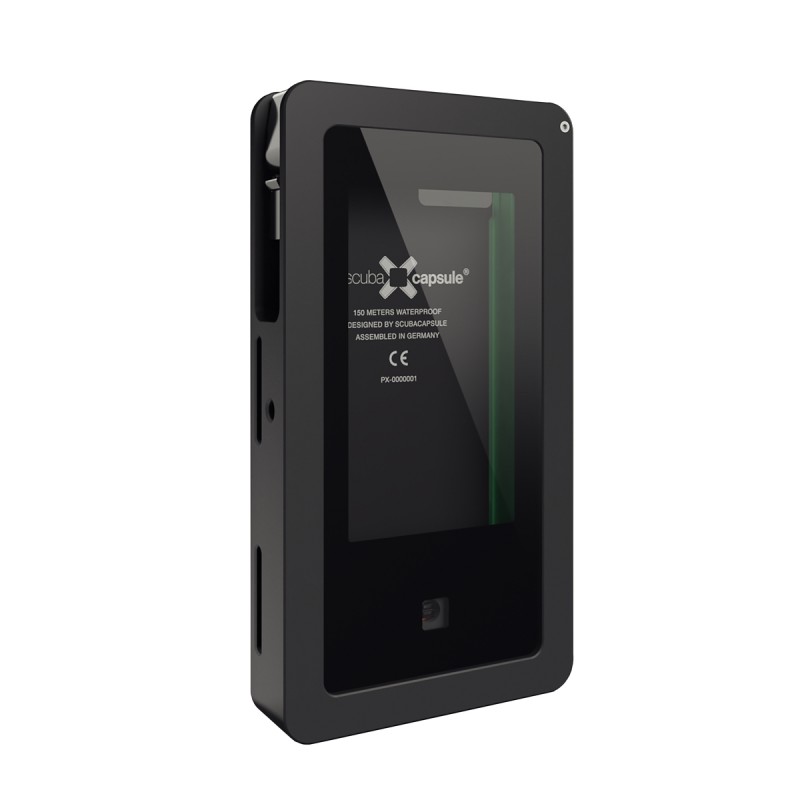
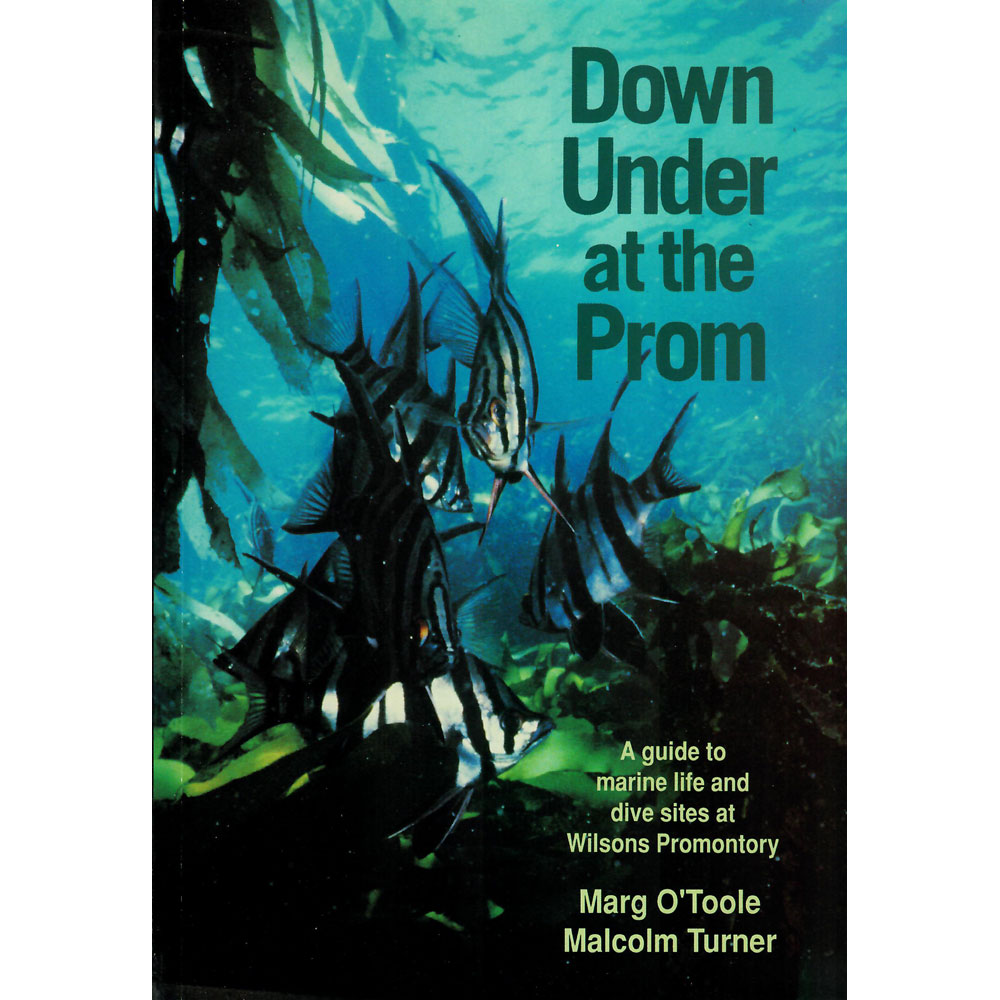
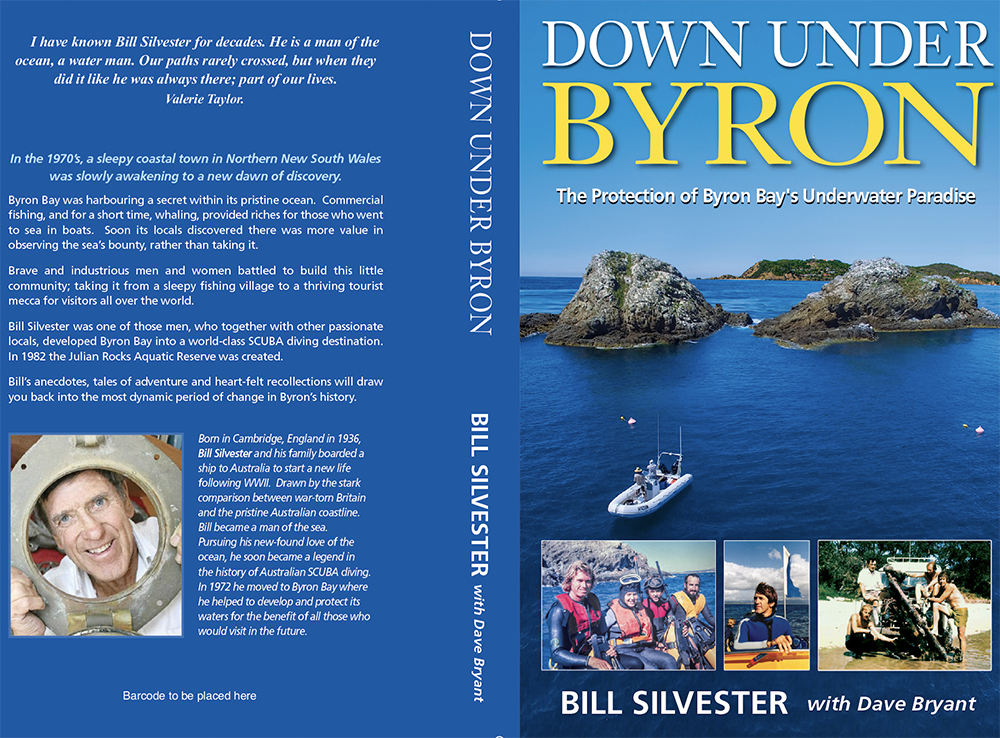
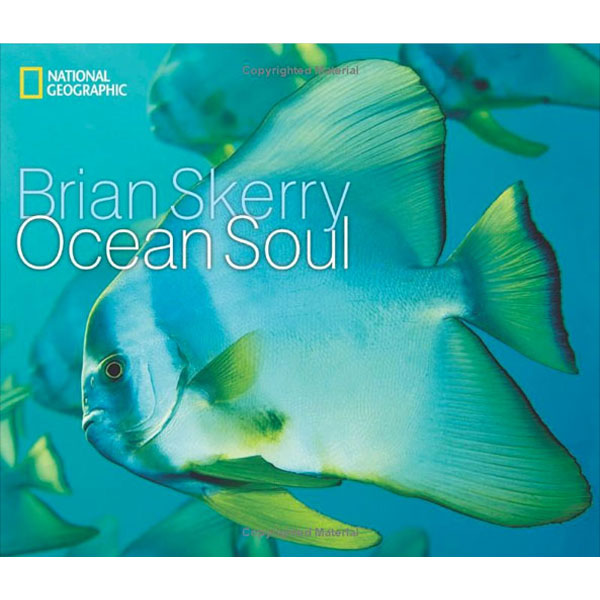
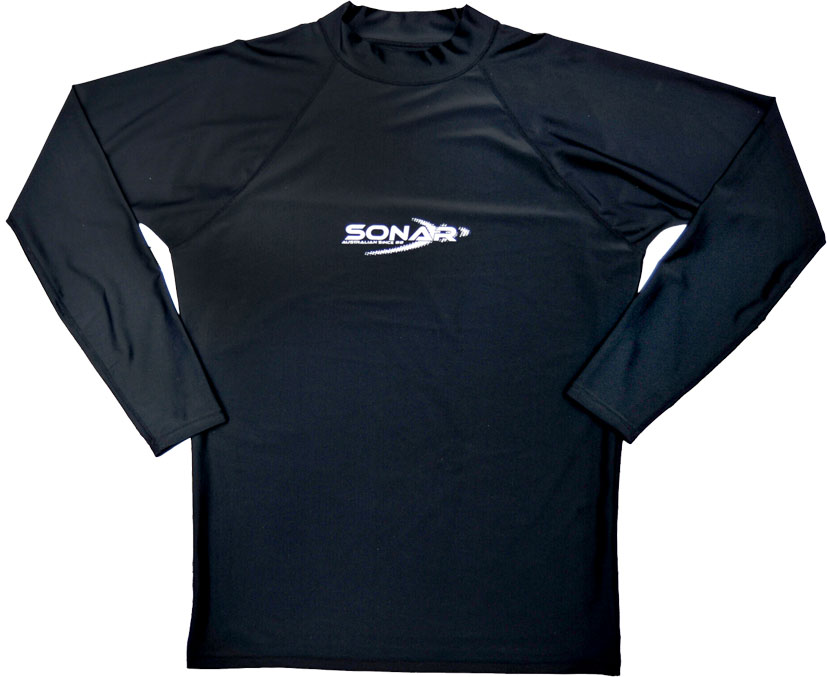
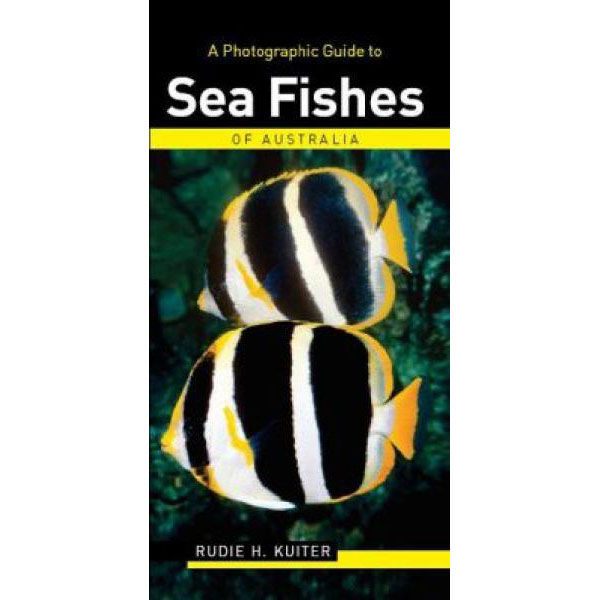
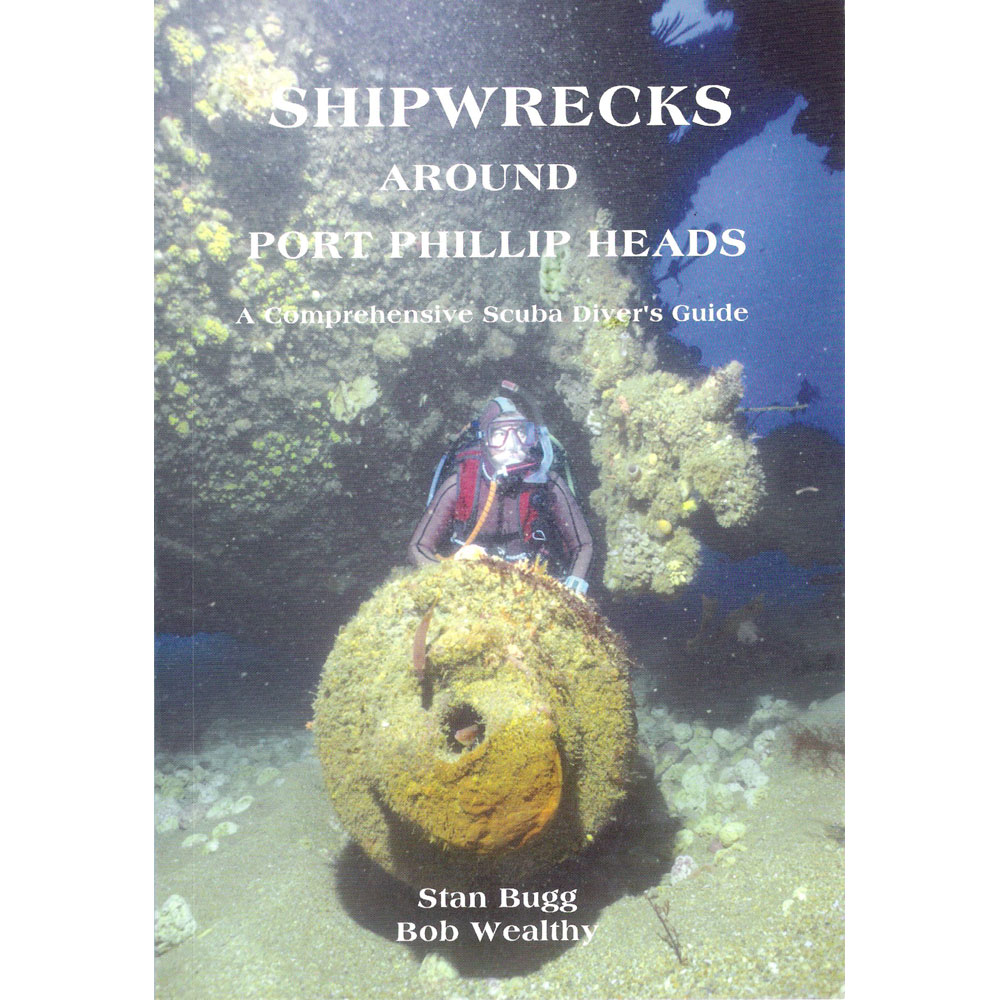
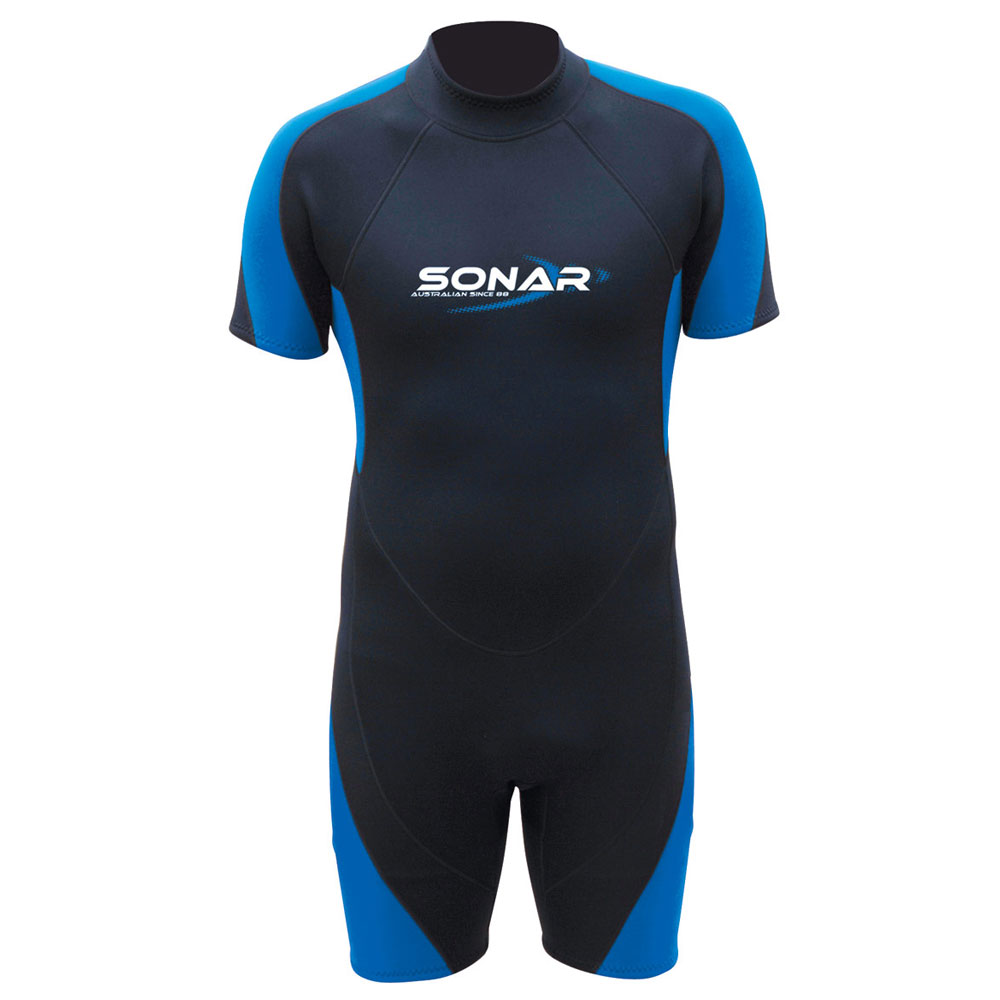



![Halcyon Infinity 30lb System [SS Small Backplate] Halcyon Infinity 30lb System [SS Small Backplate]](/diveshop/images/halcyon/Halcyon-Evolve-Wing.jpg)

